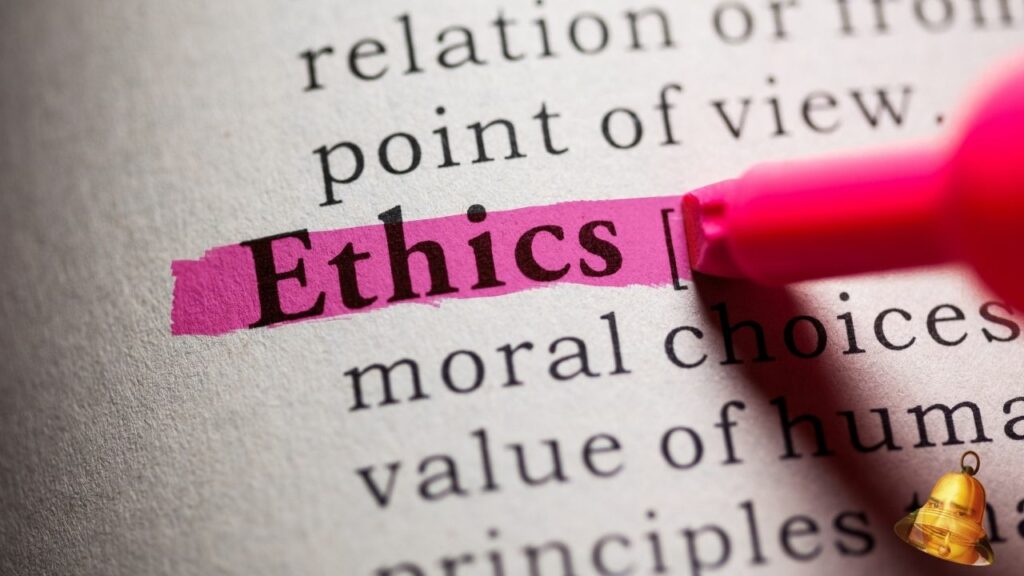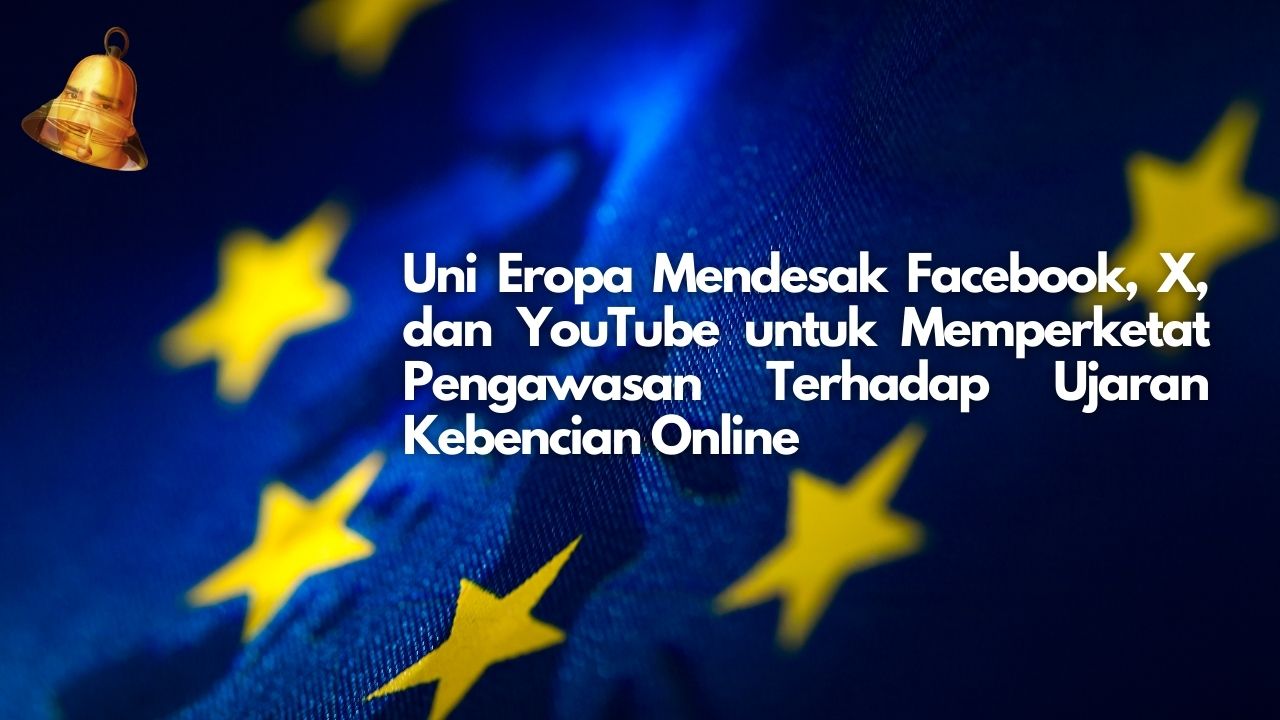In the increasingly advanced digital era, social media platforms such as Facebook, X (formerly known as Twitter), and YouTube have become an integral part of everyday life. However, with the increasing use of these platforms, new challenges have also emerged, one of which is the spread of online hate speech. The European Union (EU) has taken a firm step by urging these platforms to tighten their supervision of content containing hate speech.
Background
Online hate speech is a form of communication that demeans, threatens, or discriminates against individuals or groups based on race, religion, ethnicity, gender, sexual orientation, or other characteristics. This hate speech not only damages an individual's reputation, but can also trigger violence and social conflict.
European Union Action

The European Union has long been committed to combating hate speech and discrimination. In 2016, the EU introduced a Code of Conduct to combat online hate speech, which was agreed by several major tech companies, including Facebook, X, and YouTube. The Code requires these companies to review and remove content containing hate speech within 24 hours of being reported.
But despite the Code of Conduct, much content still escapes scrutiny and continues to circulate on these platforms. Therefore, the EU is now urging these tech companies to tighten their oversight and increase their efforts to combat online hate speech.
Challenges in Supervision

Monitoring and removing hate speech content is not an easy task. There are several challenges that social media platforms face in this endeavor:
- Content Volume : Every day, millions of new content is uploaded to social media platforms. Monitoring all of this content manually is a nearly impossible task.
- Context and Language : Hate speech can come in many forms and languages. Algorithms used to detect hate speech must be able to understand different contexts and nuances of language.
- Freedom of Expression : There is a fine line between removing hate speech and violating freedom of expression. Platforms must be careful not to violate users’ right to express their opinions.
Efforts Made

To address these challenges, technology companies have taken several steps:
- Use of AI and Algorithms : Many platforms use artificial intelligence (AI) and algorithms to detect and remove hate speech content. While this technology is evolving, there is still room for improvement.
- Collaboration with Non-Governmental Organizations : Some platforms collaborate with non-governmental organizations (NGOs) that have expertise in detecting and reporting hate speech.
- Training and Education : The platform also provides training and education to users about the importance of fighting hate speech and how to report violative content.
The Impact of Tighter Supervision

By tightening supervision of online hate speech, it is hoped that there will be several positive impacts:
- Hate Speech Reduction : With greater oversight, hate speech content can be removed more quickly, reducing its spread.
- Safer Online Environment : Users will feel safer and more comfortable when using social media platforms, without fear of becoming victims of hate speech.
- Increased User Trust : By demonstrating a commitment to combating hate speech, social media platforms can increase user trust in their services.
Conclusion
Online hate speech is a serious issue that requires urgent attention and action. The European Union has taken an important step by urging social media platforms like Facebook, X, and YouTube to tighten their controls on hate speech content. While there are challenges in policing and removing this content, with a joint effort from tech companies, governments, and citizens, we can create a safer and more inclusive online environment for all users.


